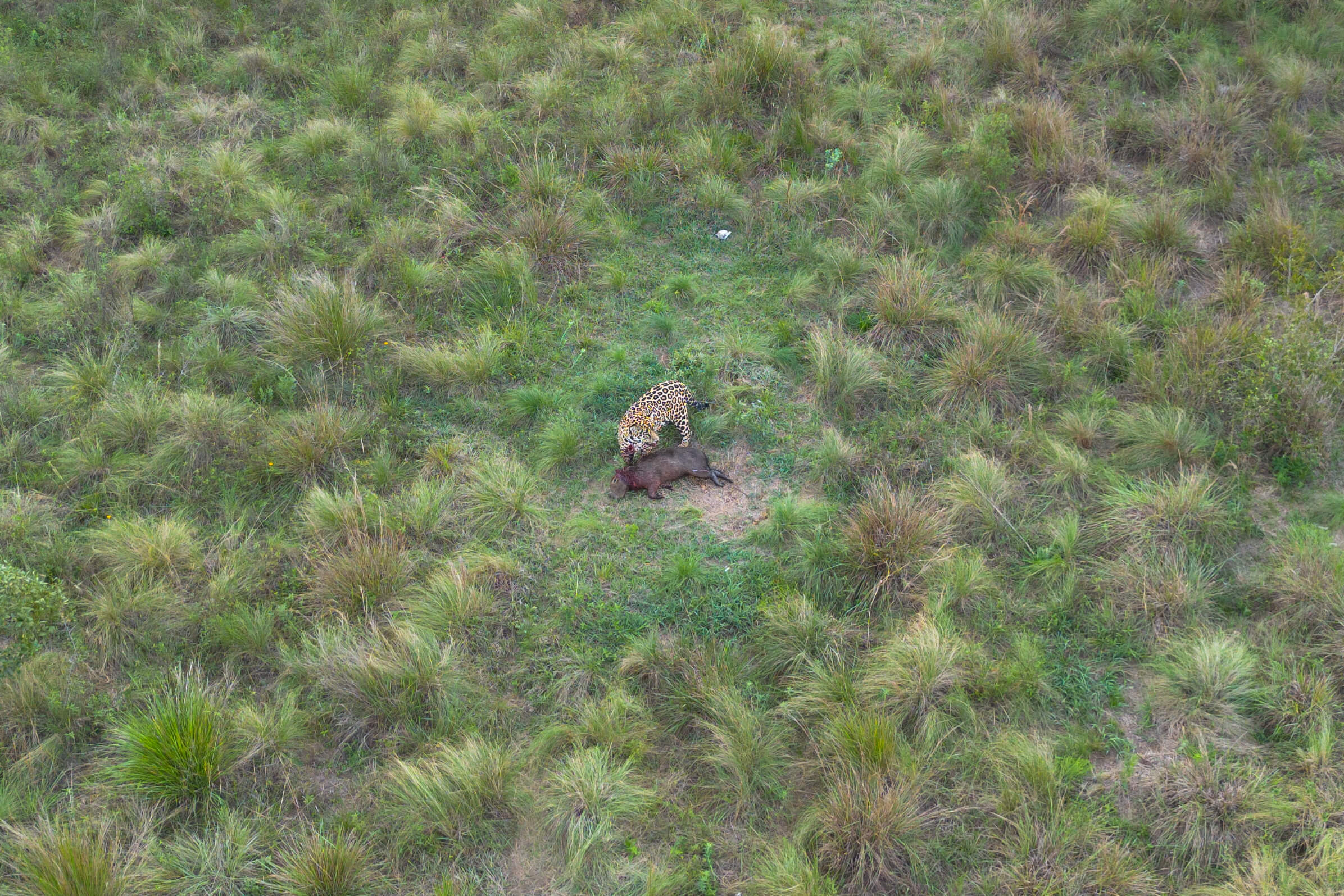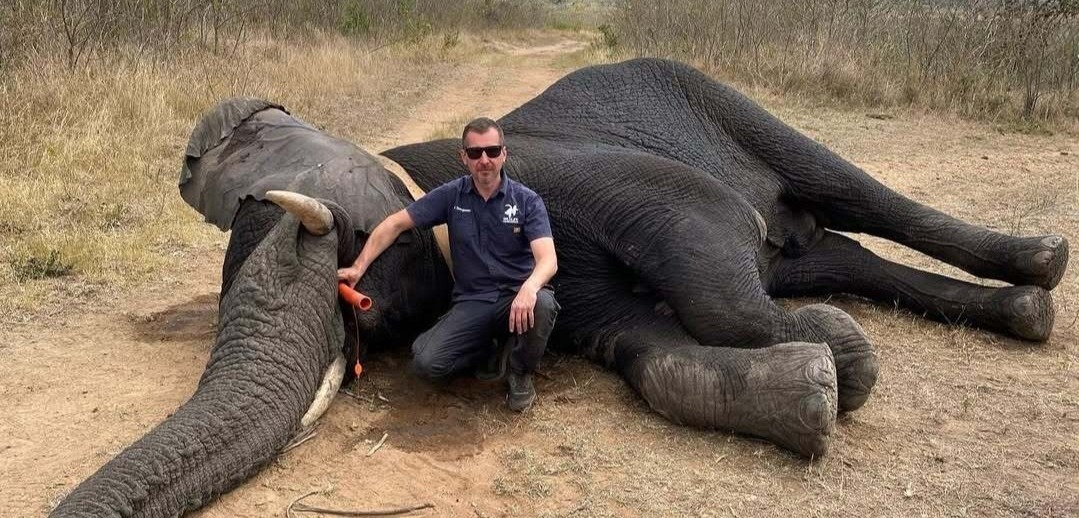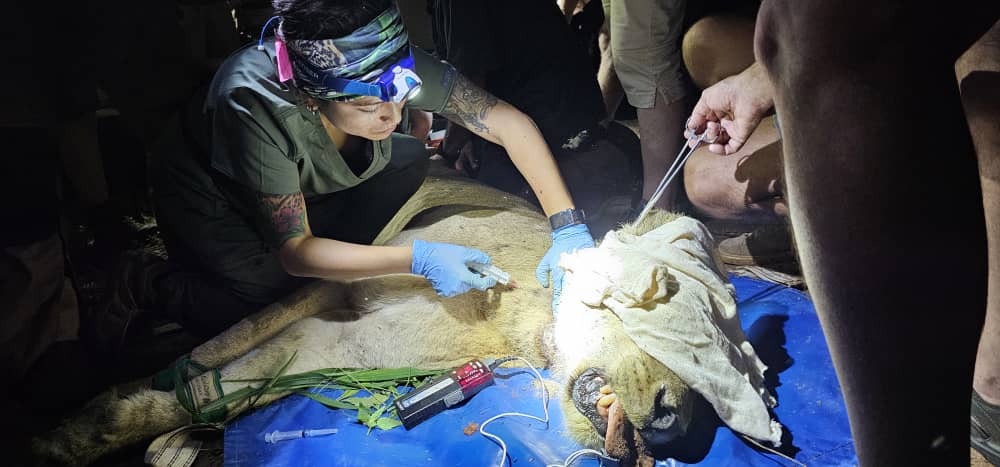In Kragelund Mose in Denmark, water buffalo, Exmoor ponies, Konik ponies, Mangalica pigs, Galloway and Dexter cattle, as well as landrace goats, live freely and undisturbed on an approximately 100-hectare area of open marsh.
"I aim to disturb the animals as little as possible," says Martin Sandager, who has been developing the nature project since 2015.
EU legislation has made it mandatory, though, to tag all domestic hoofed animals - including those that live semi-wild - with an identification tag.
Tranquilizing involves a risk
For horses, the regulations mean that they must be tagged when they are around 9-10 months old. Until now, it has been necessary to tranquilize the animal in order to safely insert an identification microchip, but Martin Sandager would like to avoid this, which is why he is excited about DANiNJECT's new microchip dart.
With a DANiNJECT rifle and the specially designed microchip dart, you can inject the microchip into the animal from a distance, thereby avoiding traditional stressful herding methods and expensive and time-consuming immobilization.
‘’Every time you have to tranquilize an animal, it involves a risk, both for animals and humans. It's a big stress factor, so there's also a risk that the animal becomes stressed after the anesthetic, and then the adrenaline prevents the anesthetic from working properly, so you have to administer more and more.
That's why I think it's a gift, really, that you can now inject the chip remotely instead of, so you completely avoid stressing the animal,” he says.
.jpg?width=2048&height=1536&name=kragelundmose2%20(1).jpg)
Photo credit: Martin Sandager
A matter of economy and animal welfare
Veterinarian Erling Kristensen works for Gram Slot, the biggest organic farm in Denmark, where he tends to both cattle and a small herd of fallow deer. To him, the microchip dart has made the process of tagging the animals much easier.
“Fallow deer are difficult to tranquilize because they are difficult to get to, and there is a real risk of them dying in the process. That's why the microchip dart is a really smart and elegant solution."
“There's both an economic and an animal welfare aspect to it. Tranquilizers are expensive, and if you miss your mark, you've wasted a costly dose that someone has to pay for. We avoid tranquilization completely by using the microchip dart, and when we inject it with DANiNJECT's rifle, the dart only just hits with the required force. It's probably the equivalent of being stung by a wasp - it's irritating, of course, but the animal is not harmed,” he says.
Erling Kristensen has chipped most of the deer and has had some valuable lessons learned in the process.
“You have to get the logistics right so you can get close enough to the animals that you don't have to hit them in motion from 40 meters away, which can be a challenge. I've also found that it's necessary to have an assistant with you who can keep track of which animals have been chipped, so you can focus on the next animal.”
Only a two-second startle
Tagging with the microchip dart causes minimal stress to the animal. The method has been thoroughly tested with great results. One of the tests was done on semi-wild Exmoor horses at Rewilding Mols, as you can see in the video below.
Apart from a two-second startle, the animals experienced absolutely no stress and calmed down again immediately after being injected with the chip.

.jpeg)


